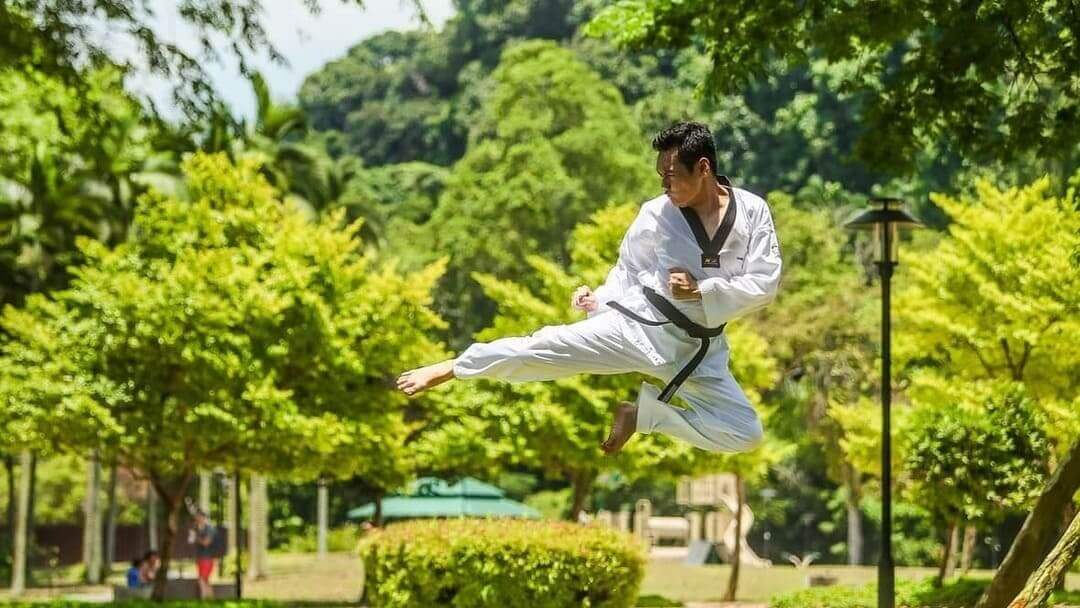
Martial Arts : The Rise - Global Influence and Legacy
Martial Arts: From Ancient Traditions to a Global Phenomenon
Martial arts have transcended their origins as mere combat techniques to become a worldwide cultural force. These practices influence sports, philosophies, and communities across the globe, reflecting humanity’s timeless pursuit of discipline, self-improvement, and unity.
Ancient Roots and Cultural Foundations
The origins of martial arts can be traced back to ancient civilizations where survival and warfare demanded sophisticated combat skills. Each culture developed unique systems blending physical prowess with spiritual and philosophical elements:
- China: The Shaolin Monastery is legendary as the birthplace of many Chinese martial arts. Here, physical training intertwined with Zen Buddhism fostered a holistic development of both body and mind. Styles like Kung Fu emerged with complex forms, breathing techniques, and meditative practices.
- Japan: The samurai warrior class cultivated martial disciplines such as Jujutsu, Kenjutsu, and later Kendo and Aikido. These arts emphasized precision, honor, and mental discipline, reflecting Bushido—the "way of the warrior."
- India: Kalaripayattu, one of the oldest known martial arts, developed in southern India, integrating strikes, kicks, grappling, weapon training, and healing methodologies like Ayurveda, creating a comprehensive martial and wellness system.
- Other Traditions: Ancient Greece’s Pankration combined striking and grappling techniques, influencing Western martial concepts. Southeast Asian arts like Silat also emerged as rich, culturally embedded combat systems.
Global Dissemination and Cultural Integration
The 20th century catalyzed the spread of martial arts beyond their homelands due to:
- Migration: Martial artists and instructors moved worldwide, establishing schools in new countries.
- Media: Martial arts movies and television series introduced vast audiences to styles and philosophies. Icons such as Bruce Lee popularized martial arts by blending skill with deep philosophy, emphasizing personal expression and harmony.
- Sporting Events: Martial arts like Karate, Taekwondo, and Judo became Olympic sports, elevating their status and accessibility globally.
This global exchange created a rich cultural integration, blending traditional values with new influences.
Philosophical Impact and Personal Development
Martial arts go far beyond fighting skills; they are vehicles for cultivating essential human values:
- Discipline: Regular practice requires commitment and self-control.
- Respect: Respect for instructors, opponents, and tradition is foundational.
- Resilience: Overcoming challenges in training fosters mental toughness.
- Mindfulness: Many arts incorporate meditation and breathing exercises that cultivate awareness and calm.
Practitioners often report that martial arts influence their lives positively, helping them face adversity with grace and confidence.
Modern Evolution and Hybrid Styles
Today, martial arts evolve continuously, reflecting modern needs and the desire for versatility:
- Mixed Martial Arts (MMA): MMA synthesizes techniques from wrestling, Brazilian Jiu-Jitsu, Muay Thai, boxing, and others to create a comprehensive fighting system effective in real-world and competitive settings.
- Cross-training: Many practitioners now train in multiple disciplines to gain a broad skill set.
- Sport and Self-Defense: Martial arts balance competitive sport rules with practical self-defense applications, adapting to modern contexts like urban environments.
Enduring Legacy and Global Community
Martial arts remain a vibrant, global community connecting people across ethnic, cultural, and geographic boundaries. They serve as:
- Bridges Between Past and Present: Preserving ancient wisdom while embracing innovation.
- Platforms for Social Unity: Martial arts schools and tournaments build camaraderie and respect across diverse groups.
- Lifelong Practices: Offering paths to physical health, mental clarity, and philosophical insight.
Frequently Asked Questions (FAQs)
Q1: What is the difference between traditional martial arts and modern MMA?
A: Traditional martial arts focus on preserving specific techniques, forms, and philosophies passed down over centuries, often with spiritual or cultural elements. MMA is a modern competitive sport combining techniques from multiple martial arts, emphasizing effectiveness and adaptability in a real fight.
Q2: How do martial arts promote mental health?
A: Through meditation, focused training, and discipline, martial arts reduce stress, improve concentration, and build self-confidence. The values of respect and self-control also support emotional balance.
Q3: Are martial arts effective for self-defense in real life?
A: Many martial arts teach practical self-defense skills. Hybrid training, especially with striking and grappling, improves real-world effectiveness. However, awareness, avoidance, and mindset are equally critical.
Q4: Can anyone start learning martial arts regardless of age or fitness?
A: Absolutely! Most martial arts schools welcome beginners of all ages and fitness levels. Training is usually progressive, allowing practitioners to build skills safely over time.
Q5: What role does philosophy play in martial arts?
A: Philosophy underpins many martial arts, teaching ethics, humility, and harmony. Concepts like the “way” (Do or Tao) guide practitioners toward personal growth beyond physical techniques.
Q6: How have martial arts influenced popular culture?
A: Martial arts have inspired countless films, books, and video games, spreading their values and aesthetics globally. Figures like Bruce Lee, Jackie Chan, and modern MMA stars have become cultural icons.
Q7: What is the importance of belt ranking systems?
A: Belt systems help structure learning, motivate progress, and recognize skill levels. However, they vary widely between styles and schools.
Q8: How do martial arts contribute to community building?
A: Schools often foster supportive environments promoting teamwork, respect, and mutual growth, connecting people across backgrounds through shared goals.
Author and Contact Information
Author: Paragon Elite Fight Group – Research and Development Team
Published: 28/05/2025
Website: www.paragonelitefight.com
Contact: [email protected]
At Paragon Elite Fight, we don’t just train—we evolve. Our team of combat athletes, sports scientists, marketing strategists, and historians bridges the ancient roots of martial arts with future combat performance. Born from Hellas, forged in the legacy of Pankration, we are driven by relentless excellence, innovation, and authenticity.
Join us at www.paragonelitefight.com for more articles, elite gear, and resources crafted for fighters who demand more from themselves—and their tools.
